SUMMARY
This is AI generated summarization, which may have errors. For context, always refer to the full article.

CAMARINES NORTE, Philippines—The earth has been scorched, the forest denuded, the land pockmarked with pits. Welcome to Maning, Paracale’s mountain of gold.
“It’s like a subterranean termite colony.” This is how Emman Refugio describes the underground network of pits and tunnels in Maning, a mountainside mining area in the village of Casalugan in the town of Paracale, Camarines Norte.
Maning may be seen from afar as a sea of blue tents on a brown and muddy mountain slope. There are about 400 mining pits in operation here, with an estimated 5,000 to 10,000 people working in the area.
Since 7 kilos of high grade ore was found in the area in June, the number of mining pits in the area has increased exponentially by 2,000%.
“Their pits are only two meters apart. That’s dangerous. They have to consider the classification of the soil,” said Refugio.
The soil in Maning is like a cake of clay. The trail in and around the mining area is always muddy, seemingly susceptible to erosion, particularly when heavy rains hit Bicol.
“Some miners dig pits only to abandon them when they don’t find gold, leaving behind deep, open holes,” lamented Refugio.
In the village of Malaguit, another mountainside mining site, formerly the area of operation of United Paragon Mining Corporation, mine pits of 20 to 40 feet deep are within close proximity of one another. Since Paragon suspended all of its mining operations in 2003, small-scale miners and operators have tried their luck to find gold in Malaguit, leaving behind an undetermined number of abandoned pits and networks of underground tunnels.
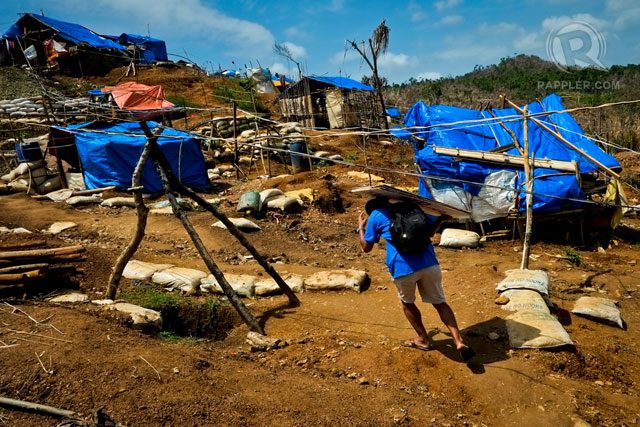
Refugio represents Palado Mining Tenement, which lays claim to 351 hectares of land that includes areas in Casalugan, Bagumbayan, and Gumos. Maning is part of their claim.
He warned that Maning is a disaster waiting to happen. “There are some who don’t use enough timber support in their shafts. The tunnels can easily collapse on the miners.”
True enough, the ground collapsed and 10 miners reportedly perished in an incident. But sources say the deaths are being underplayed to avoid possible closure.
Palado Mining has sought help from the Sangguniang Panlalawigan of Camarines Norte to put a stop to the illegal mining activities in Maning. But despite the issuance of a resolution and a stoppage order, many of the small-scale mines continue to operate.
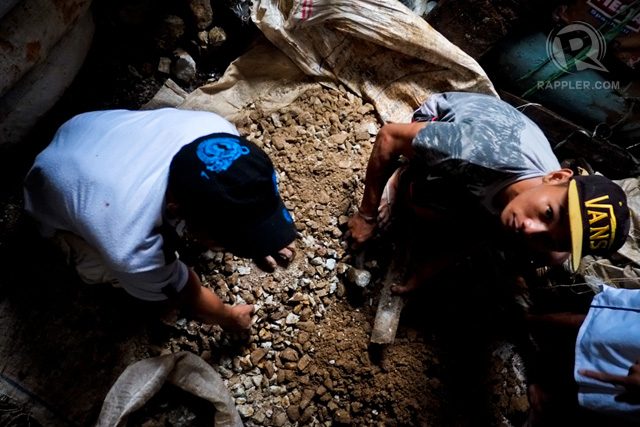
Representatives from the Mines and Geosciences Bureau (MGB) have, in fact, gone to the site.
“But the MGB does not have the police power to stop the operations in Maning,” said Refugio.
The Sangguniang Panlalawigan has requested Philippine National Police Provincial Director, Senior Superintendent Moises C. Pagaduan, to execute the stoppage order.
Refugio said they want to temporarily put a stop to the mining operations because of the danger posed by the high-risk practices of the miners.
According to Refugio, there are two types of mining in Paracle. One involves the use of lots of explosives. The other involves using less explosives.
Miners used explosives heavily in Bulaay, a closed down, seaside mining area in the coastal town of Palanas. In Maning, they use explosives quite sparingly.
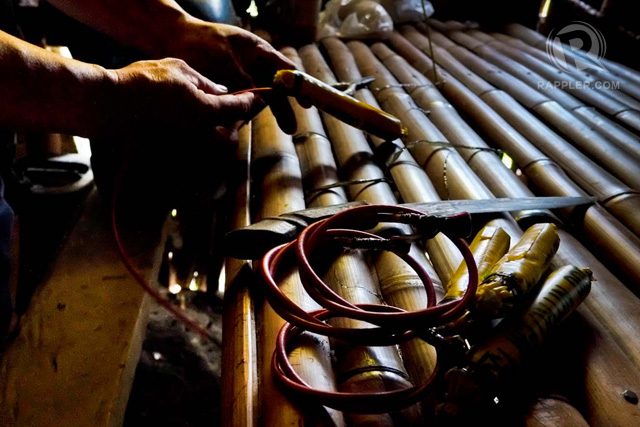
Explosives are, of course, illegal. But the miners can allegedly make their own explosives, using fertilizers as the main ingredient. They reportedly source the rest of the materials from blasting companies.
“The problem is the structural design of the land in Maning is very different from Bulaay,” Refugio said. “If they continue to use explosives in Maning, a disaster worse than Bulaay may happen.”
The death of miners in Bulaay following the use of explosives eventually resulted in the closure of the area. On the other hand, despite the closure order in Maning, many pits remain in operation, albeit in secrecy.
Dead rat
Mining is blamed for the destruction of Pulang Daga Point, perhaps the only tourist attraction in Paracale. The once beautiful beach is now silted with mud. Some 40 hectares of corals reefs and mangrove forests are reportedly also damaged.
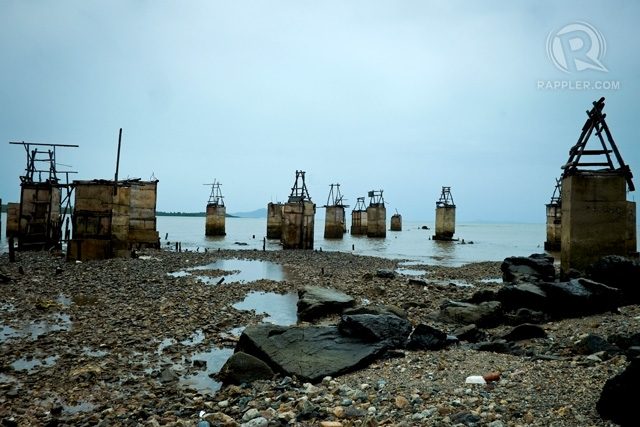
“Carrageenan, an edible seaweed widely used in the food industry, was once harvested here. Now, it’s all gone,” Refugio said.
Three Chinese mining firms – Uni-Dragong Mining and Development Corporation, Baotong Mining Corporation, and Liaoning Fenghua Group Philippine Mining Co. Inc. – are blamed for the wanton destruction of marine life in Pulang Daga.
Fishermen in the area complained that they no longer enjoy the abundance of the sea. They also lamented how their income has dropped considerably after pollutants slowly killed the coral reefs in the area.
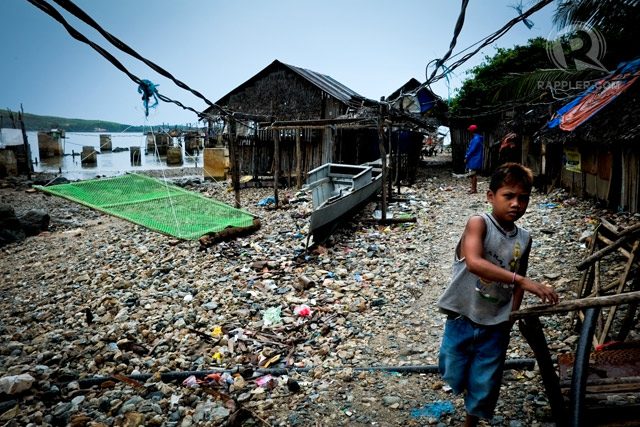
The operations of these three mining firms have been suspended. However, chemicals used for processing gold ores, including mercury, cyanide, nitric acid, and carbon, still end up in coastal waters. Refugio said the processing techniques in Maning heavily rely on these chemicals.
But the destruction of the environment seems to be of little concern, especially if miners gamble with their own lives.
There is an old adage among Paracale residents, “Once you step into the mines, your other leg is already 6 feet under.”

Refugio also revealed that there is a traditional practice in Paracale, when a miner dies, the financers pay the family of the deceased Php100,000 (US$2,250). They also get a share of the gold for as long as the mine is in operation.
It seems death, danger, and destruction has its equivalent weight in gold.
“If you were to ask me, this is not the real mission of mining. It should be pro-environment, pro-safety, and pro-people,” Refugio claimed. – Rappler.com
Add a comment
How does this make you feel?
There are no comments yet. Add your comment to start the conversation.